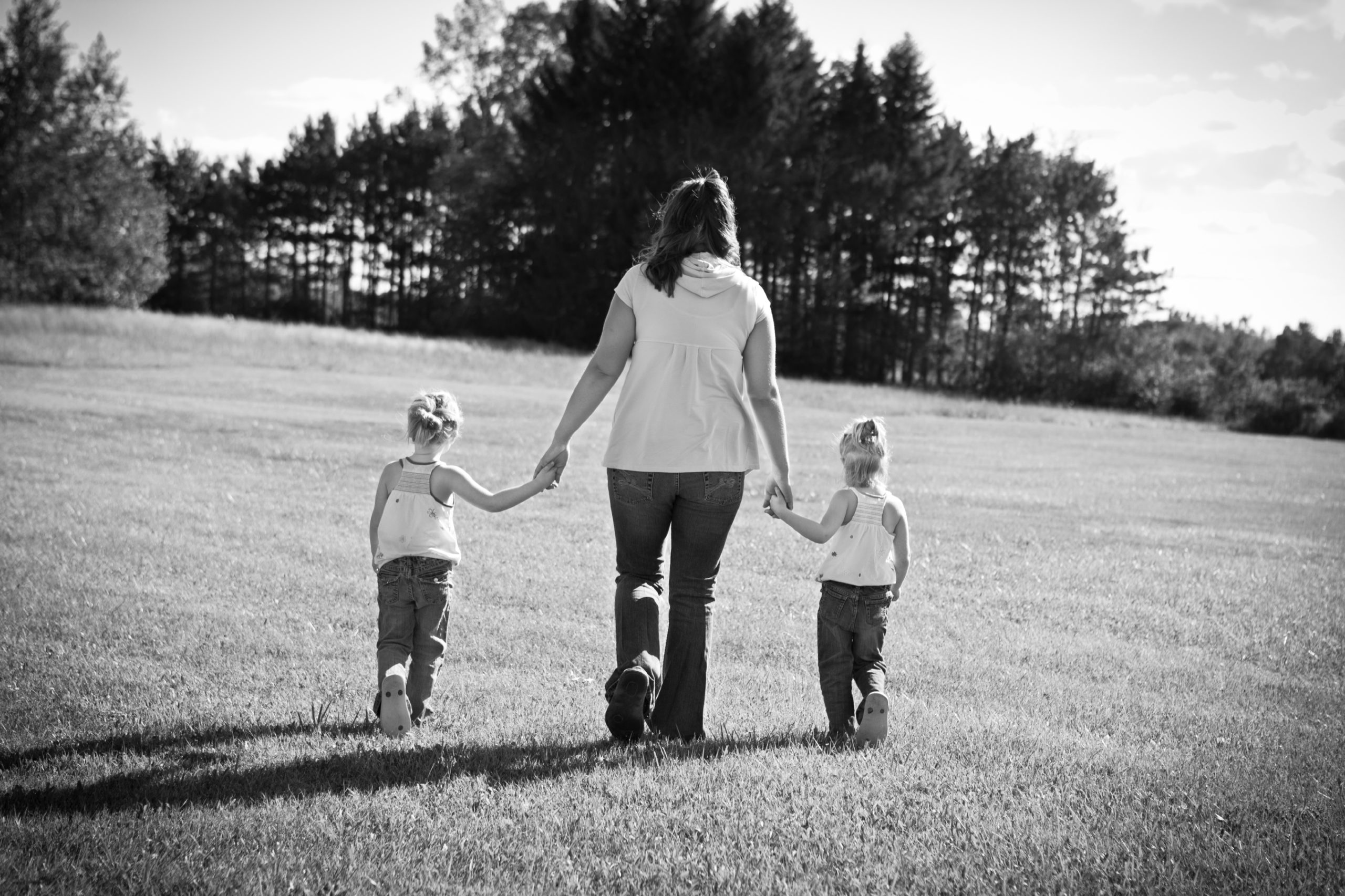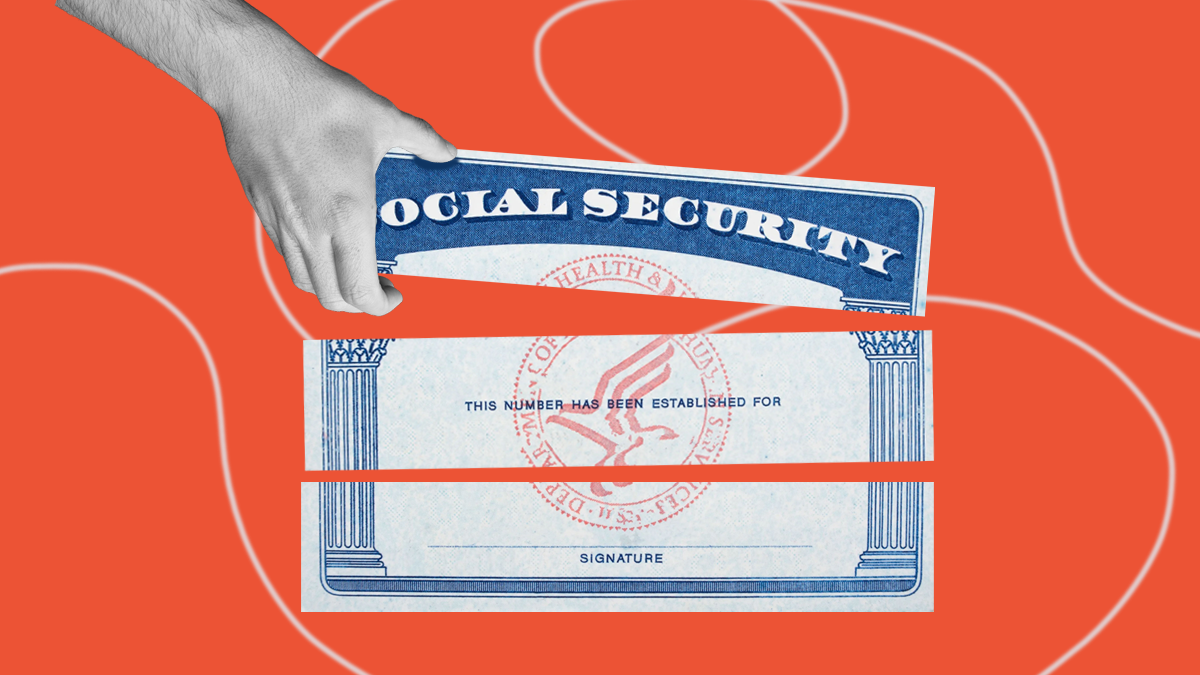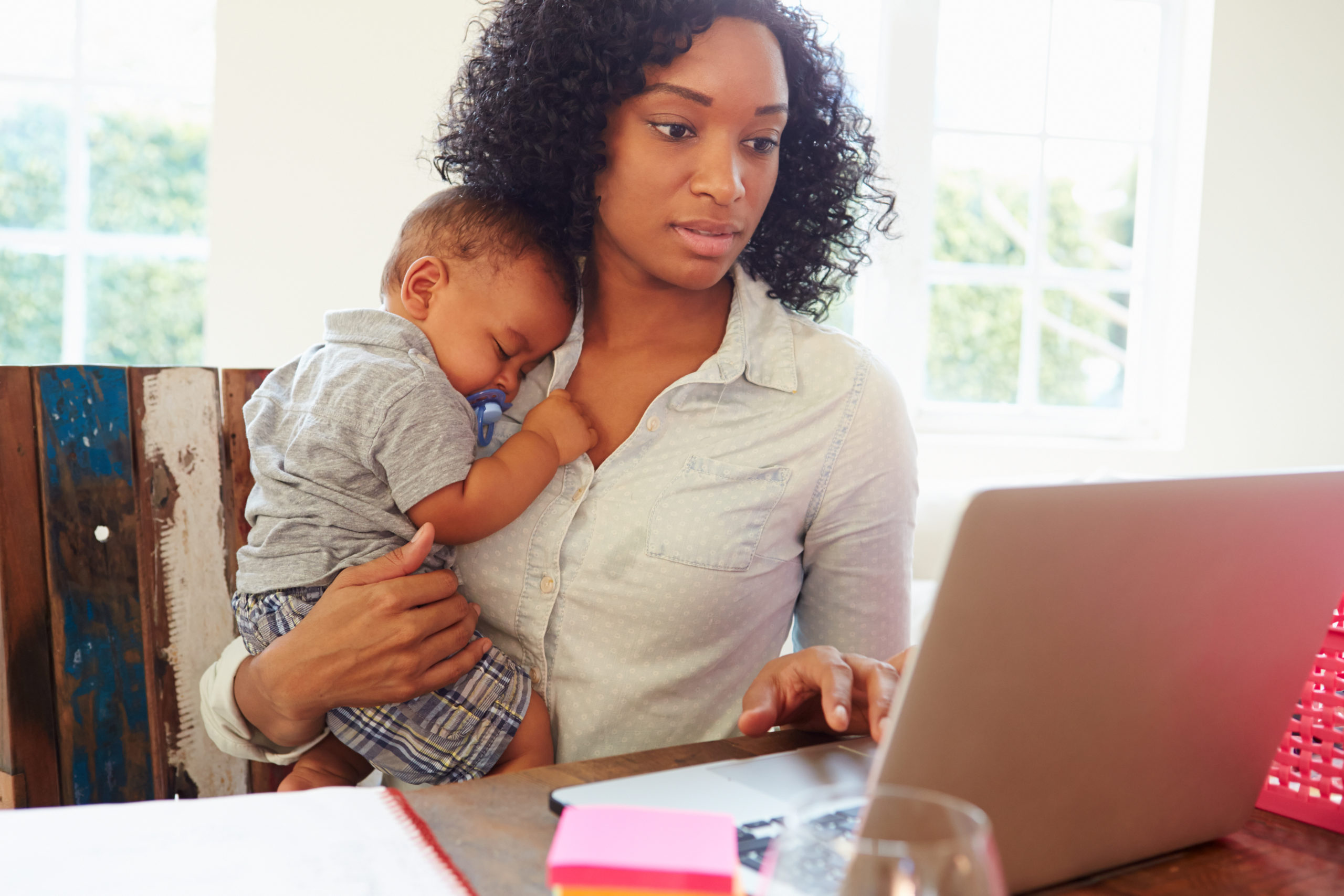Abortion rights, women of color, and LGBTQIA+ people are under attack. Pledge to join us in fighting for gender justice.
Help More Domestic Violence Survivors Survive by Strengthening Public Benefits Programs

 While domestic violence (DV) occurs across the socio-economic spectrum, low-income survivors face unique challenges and barriers to leaving an abusive relationship. Abuse can also lead to poverty for survivors who were not previously considered low-income. The experience of domestic violence often undermines survivors’ ability to work, have a place to live, and do what is necessary to pursue a more stable life for themselves and their children. In order to exercise control over their partners, abusers often actively sabotage their partner’s economic stability by interfering with access to financial resources, employment, child care, or health care; engage in reproductive coercion; ruin their credit; leave them with tax debt; and more. Ending an abusive relationship may mean losing not only access to a partner’s income, but also housing, employment, health care, or child care.
While domestic violence (DV) occurs across the socio-economic spectrum, low-income survivors face unique challenges and barriers to leaving an abusive relationship. Abuse can also lead to poverty for survivors who were not previously considered low-income. The experience of domestic violence often undermines survivors’ ability to work, have a place to live, and do what is necessary to pursue a more stable life for themselves and their children. In order to exercise control over their partners, abusers often actively sabotage their partner’s economic stability by interfering with access to financial resources, employment, child care, or health care; engage in reproductive coercion; ruin their credit; leave them with tax debt; and more. Ending an abusive relationship may mean losing not only access to a partner’s income, but also housing, employment, health care, or child care.
Poverty and economic instability can also make it more difficult to cope with the physical, psychological, and financial impacts of domestic violence. Survivors often incur substantial out-of-pocket costs while navigating medical, mental health, relocation, legal, and other systems. Survivors of color, Native American survivors, and those from other underserved communities, including immigrants, individuals with disabilities, and LGBTQ survivors, often face intersecting issues that disproportionately exacerbate their likelihood of facing economic instability. Additionally, poverty reduces access to health care and other needed services, and increases the likelihood that people live and work in environments that adversely affect their health. For many survivors, their ability to access financial resources and to meet their very basic needs is fundamental to determining whether they can safely leave an abusive relationship.
Access to public benefits programs like housing assistance; the Supplemental Nutrition Assistance Program (SNAP); health care assistance such as Medicaid, the Children’s Health Insurance Program (CHIP), and the Affordable Care Act’s subsidies; child care assistance; Temporary Assistance for Needy Families (TANF); and refundable tax credits help provide DV survivors with financial resources to leave an abusive relationship, heal, and establish a safer and more stable life.
“For those that need these programs, it is the difference between surviving and not surviving.”
“Access to benefits programs contributes substantially to [survivors’] empowerment and post-trauma healing because it enables [them] to take steps toward addressing or remediating the trauma they have experienced while their basic needs are (at least partially) met by benefits programs.”
– Voices from the Field in the NRCDV report
Unfortunately, survivors face considerable challenges accessing these programs. For example, many programs have difficult application processes, burdensome documentation and other requirements, and shifting program compliance rules. These issues would frustrate just about any applicant. Survivors who have experienced serious and sometimes prolonged trauma are often navigating a complex set of safety and economic challenges to find safe shelter, medical care, protective orders, and child care while also dealing with frustrating access issues, and may find applying for benefits overwhelming.
“Making it difficult to obtain benefits makes the decision to give up and go back to an abuser an easier choice.” – Voices from the Field in the NRCDV report
Federal and state government proposals to slash funding and limit eligibility for these vital programs will only exacerbate access issues further for survivors. Strengthening these programs and services, making them more user-friendly and streamlined, and creating holistic channels to connect DV survivors with these supports is necessary to help more survivors do just that—survive –and eventually get to a point in their lives where they can thrive.
October is Domestic Violence Awareness Month. But these barriers to safety and services present themselves every day, so join us as we continue this blog series over the next few weeks and months to raise awareness of specific threats to essential programs and their impact on survivors’ lives.
In the meantime, we want to share this message with all survivors: We see you. We are listening to you. We support your survival and empowerment.





